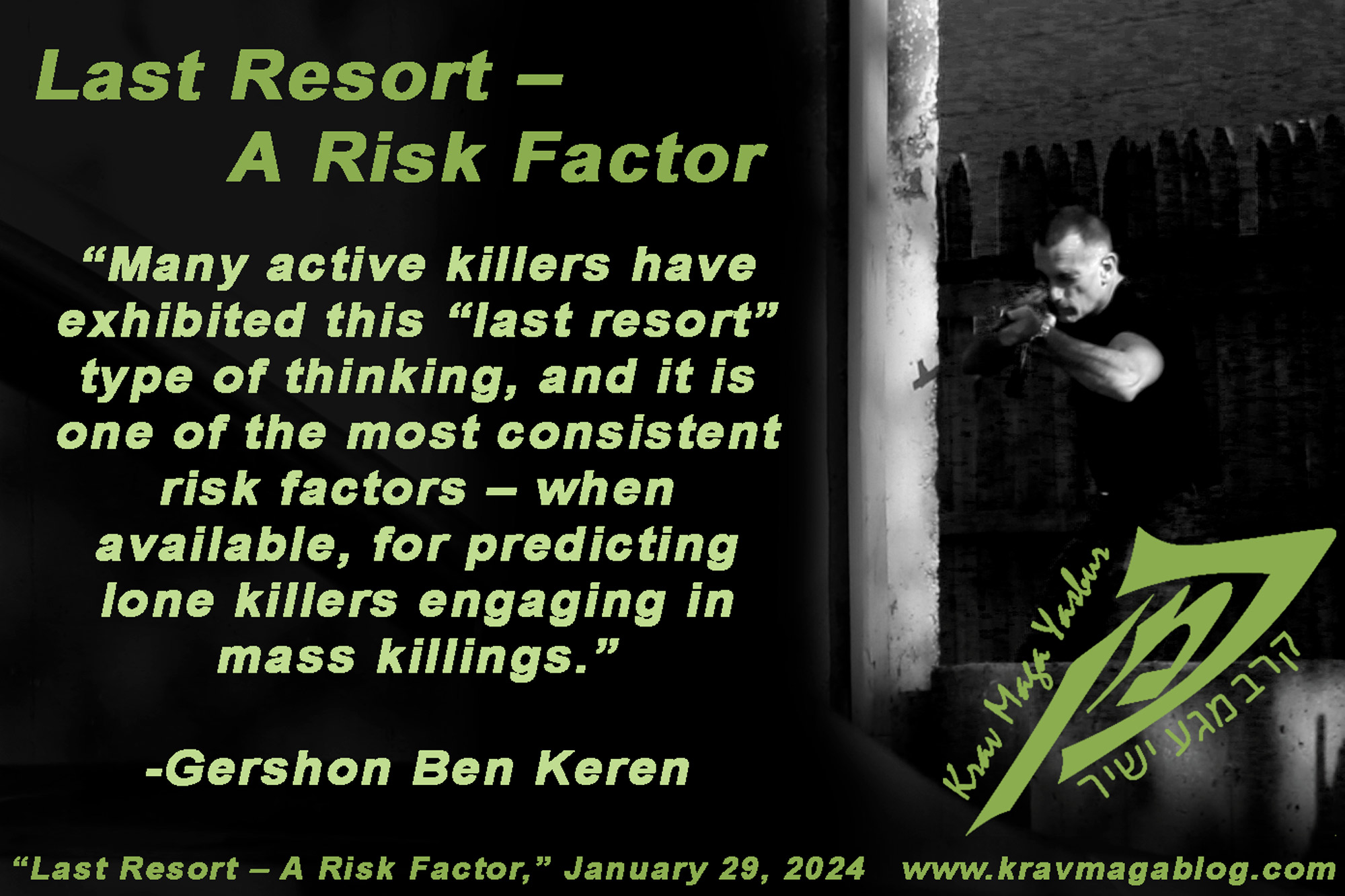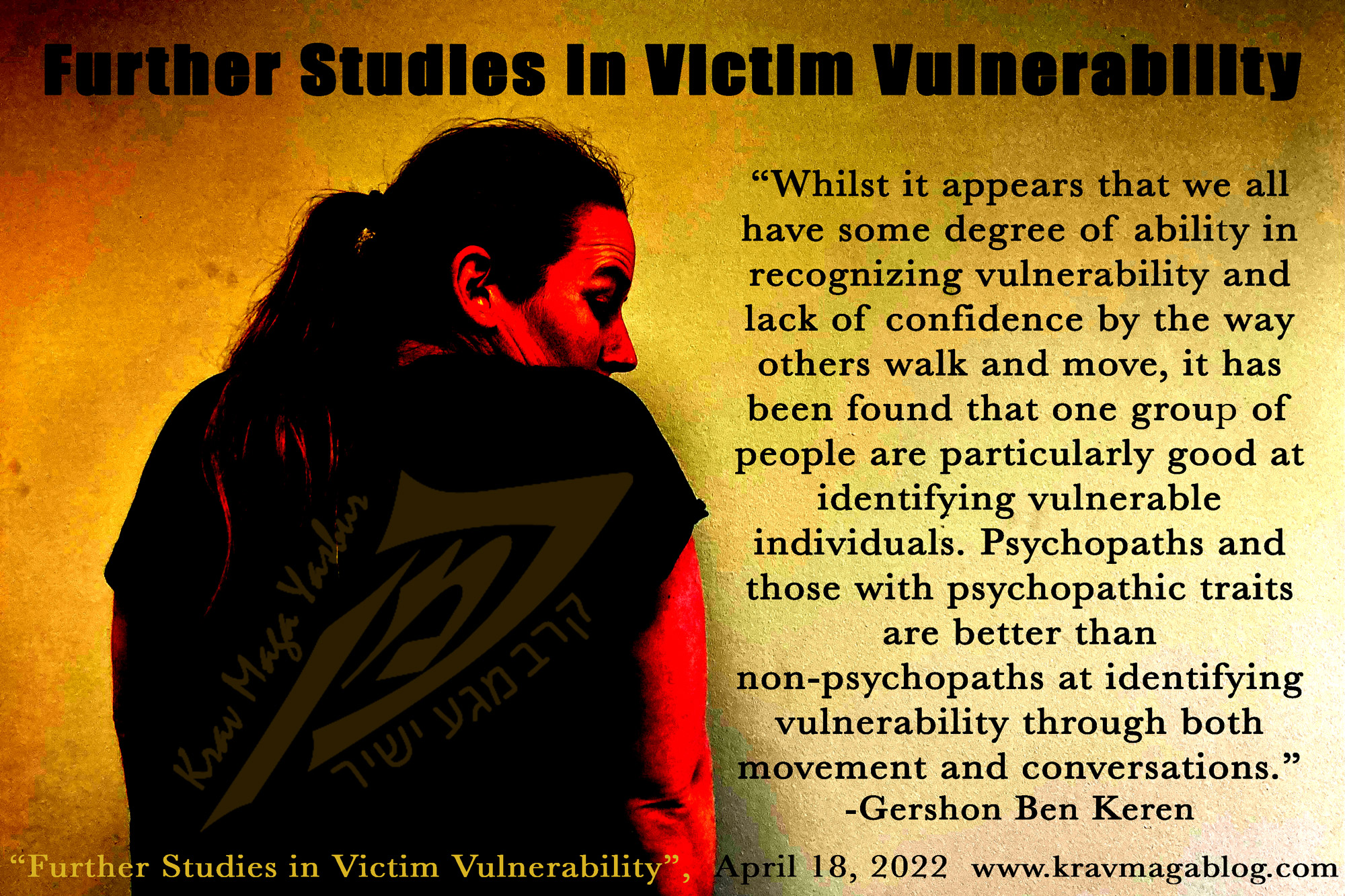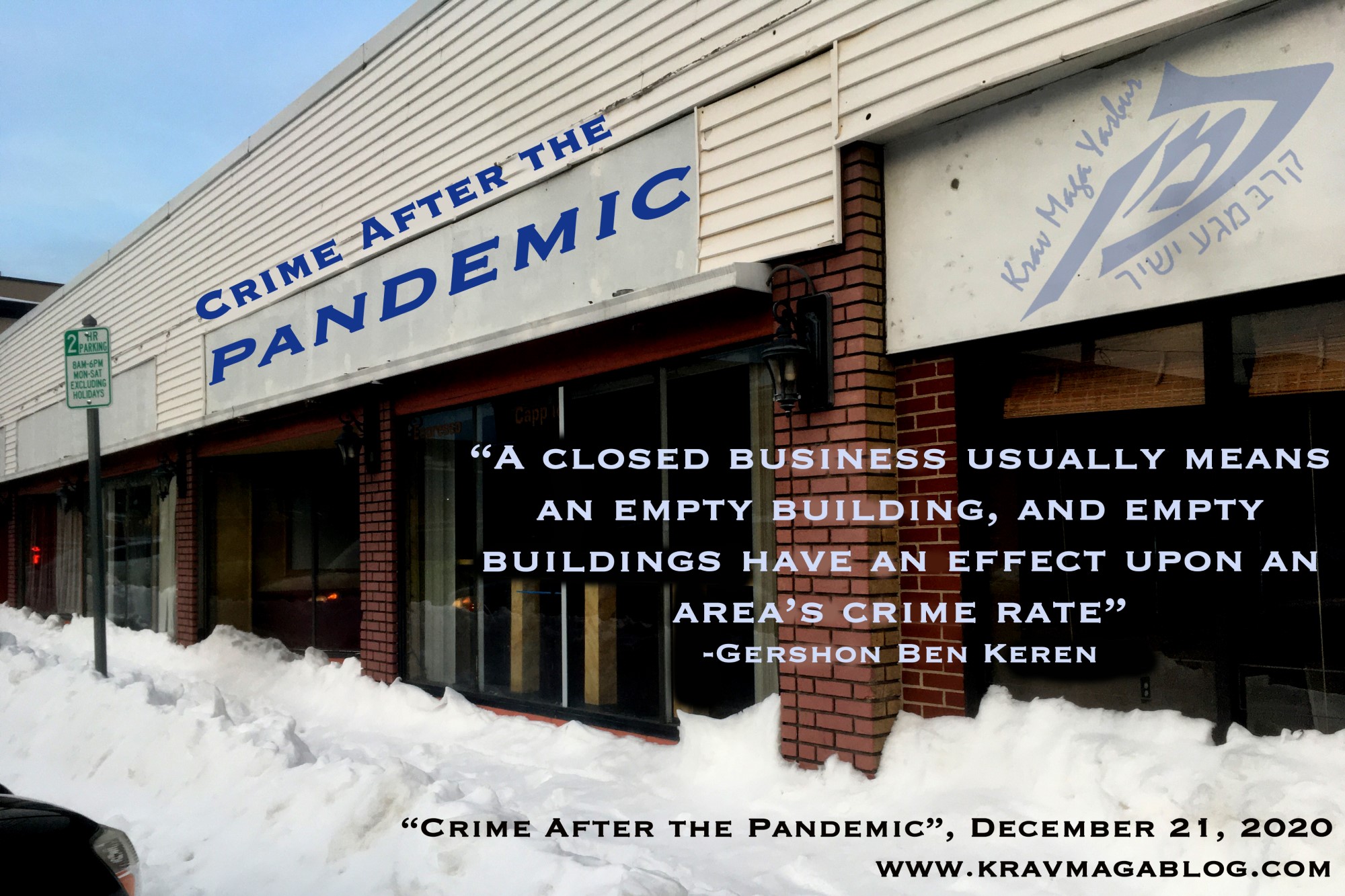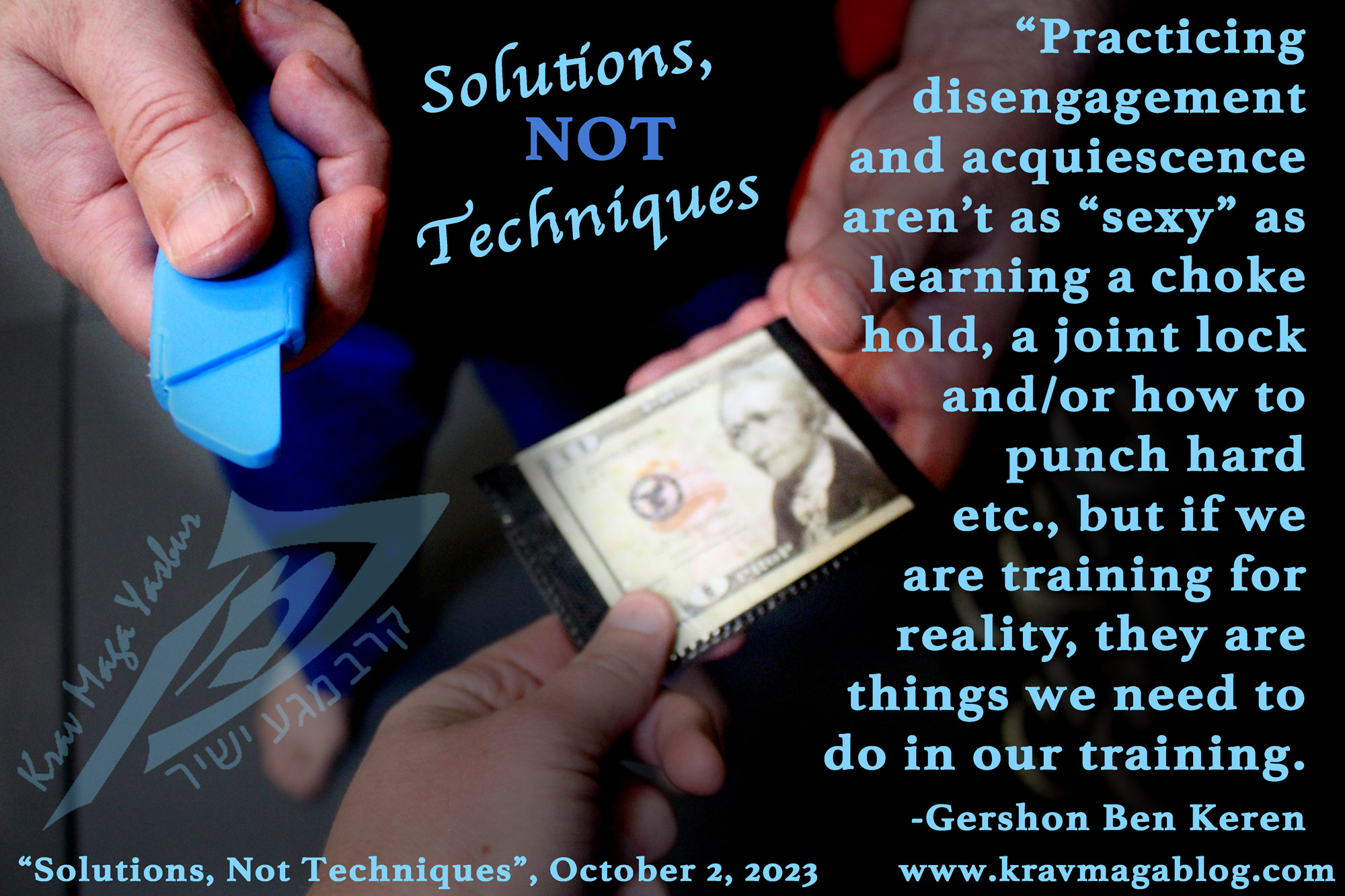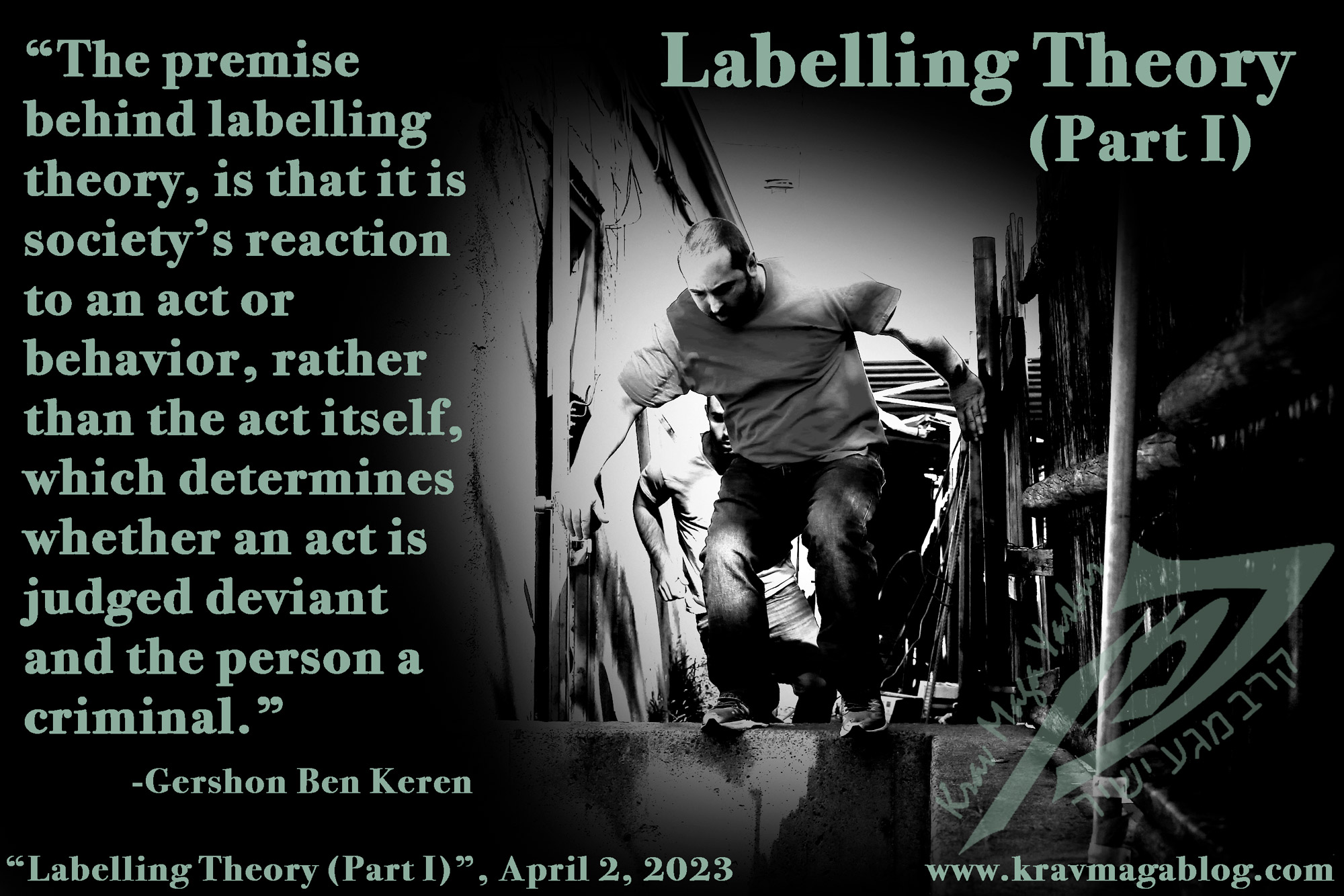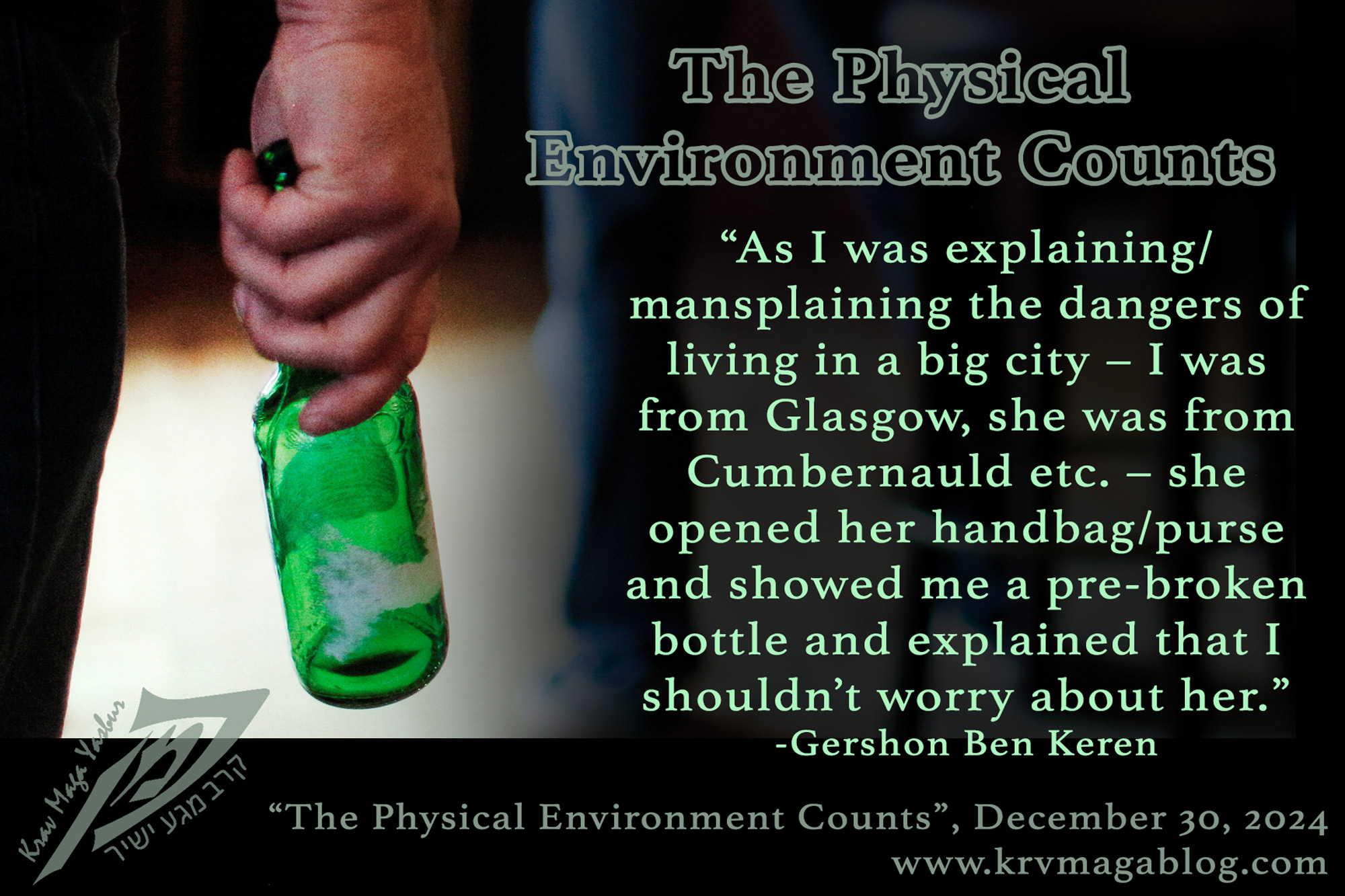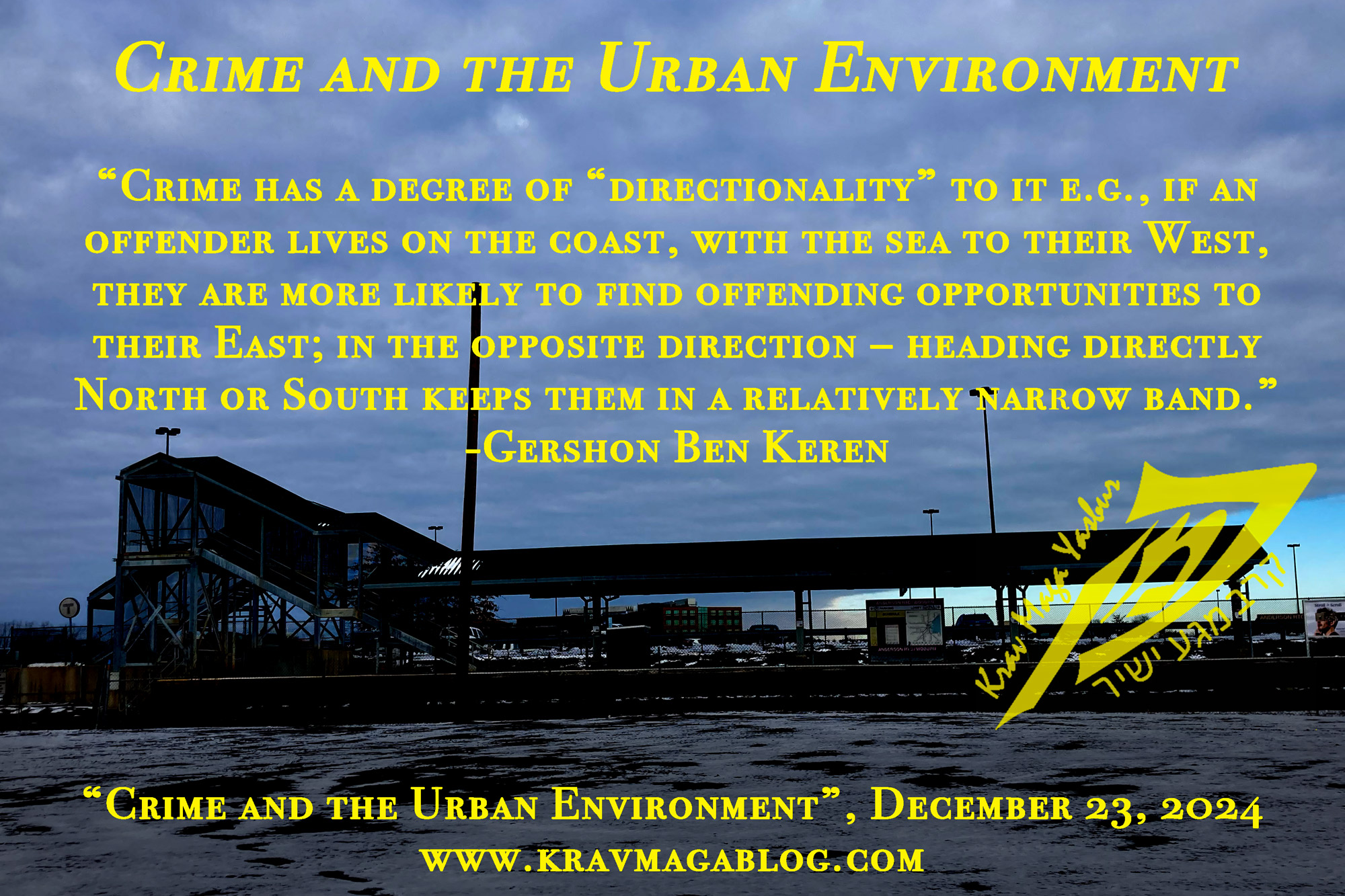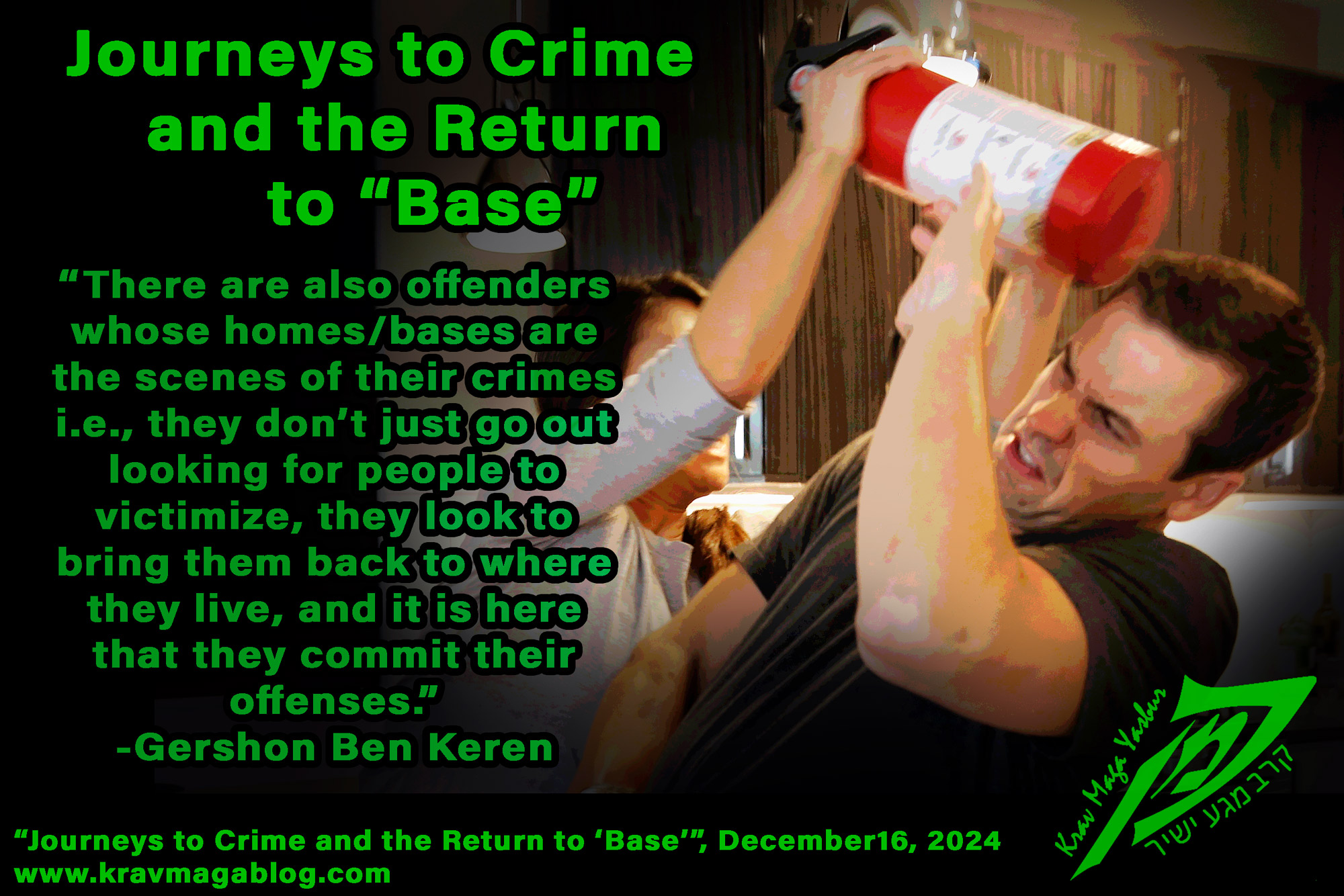Labelling Theory (Part One), is an article written by Gershon Ben Keren, a 5th Degree Black Belt in Krav Maga, who teaches Krav Maga in Boston, MA. He has also authored three Amazon best-Selling Books on Krav Maga.
Children get ascribed labels all the time e.g., some kids are identified as “good”, others “bad”, whilst others may get labelled as “troublemakers” and/or “bullies” etc. Growing up, our parents may have told us to not play with, and stay away from certain other children, on the basis that when you hang out with bad people there’s a greater risk that you will engage in risks you might otherwise not take etc. These labels, influence how we view people. For some of us, being told that another child was a “troublemaker”, may have elicited feelings of fear, and made us want to stay as far away from them as possible, whilst for others the label “troublemaker” was seen as a badge of honor, that we wanted to acquire for ourselves. Our reaction to the label, and the acts and behaviors associated with that title, helped us form a view and opinion of both the person committing these acts, and the acts themselves.
Our parents were trying to help us form a negative opinion of troublemakers, and to stay away from them. I remember my parents talking about a kid in my neighborhood as if he was the devil incarnate, who I ended up working with on a Saturday job I had. I remember when I first met him at work, expecting all manner of trouble and shenanigans, only to find him an extremely nice guy and an exceptionally hard worker. As I got to know him and we shared our experiences and bits about our lives with each other, I learnt that the things he had supposedly done weren’t actually as serious as my parents had made out, and that they’d assumed his intentions were bad and destructive, when this actually wasn’t the case. If I hadn’t met him, I’d probably be still labelling him as a “troublemaker”. In this article I want to take a more in-depth look at labelling theory as it relates to violent offending, and how what Jock Young termed, “deviance amplification”, can cause these labels to reach a wider audience (such as my parents, and their friends etc.), which reinforces the label.
I was first introduced to labelling theory over thirty years ago, and my initial response was to reject it. As I’ve gotten older, and my studies have both broadened and deepened, I have started to see its value in explaining how we both view violence and violent offenders, and how these views can reinforce the label, prompting those labelled to increase their offending etc. Although, not explicitly referred to as “labelling”, the social interactionists, Frank Tannenbaum and George Herbert Mead, along with others had played around with the idea. However, it was Howard Becker and Edwin Lemert who first introduced the term. Becker, in his book, “Outsiders: Studies in the Sociology of Deviance”, developed the idea more fully. The premise behind labelling theory, is that it is society’s reaction to an act or behavior, rather than the act itself, which determines whether an act is judged deviant and the person a criminal e.g., in most U.S. states marijuana is now legal, however for a long time this was not the case, and those who smoked were labelled/treated as criminals – certain sections of society may still label those who smoke weed as “potheads”, and view them as being deviants (even though the law doesn’t recognize the act of smoking marijuana as being inherently criminal). If society and the law treat someone as a criminal and exclude them from “mainstream” society because of this, their reaction to those who engage in marijuana use, may force such individuals into sub-groups and sub-cultures that embrace the idea of criminality and deviance i.e., react to the judgement of society and the law, by “becoming” what they are viewed as. If we look at this now from the perspective of violence, if a child is repeatedly told they are a “troublemaker”, they may come to believe this, and find themselves hanging out with others who share the same stigma. It may be that those in the group start to compete amongst themselves as to who is the biggest troublemaker etc.
The CJS (Criminal Justice System), also plays a large part in the labelling process. If someone is picked up on a charge of vandalizing property by spraying their initials on the wall of a disused railway tunnel, and then charged and convicted of this offense, they are officially labelled as a criminal. This “label” may mean that they have difficulty finding employment, as they will have to declare their record. This can have long-term consequences e.g., because they are unable to gain legal employment, they may end up hanging around with others in a similar position to themselves, and eventually commit more serious offenses such as robbery and theft in order to make money etc. Society and the CJS, also look at certain offense differently e.g., the middle class woman who scans her avocados as onions, isn’t automatically labelled as being a criminal, even though they are guilty of retail theft (maybe on many occasions). Arguments will be made that this isn’t a crime because, “everybody does it”, the shops have over-priced their goods in order to take into account such losses, so this is just evening things out etc. It’s still a crime just like spray painting your initials on the wall of a disused railway tunnel; in some ways it may be viewed as a more serious crime, in that it forces the store to raise its prices on all goods to cover the loss, effecting a far larger audience, than the vandalized property does.
Whilst labelling theory may not fully explain why people engage in “deviant” activities in the first place, it does offer a compelling argument as to how individuals and groups may find themselves on the outskirts of regular society, and continue to engage in such behaviors, even when they may have normally stopped or aged out of offending etc.
0 COMMENTS